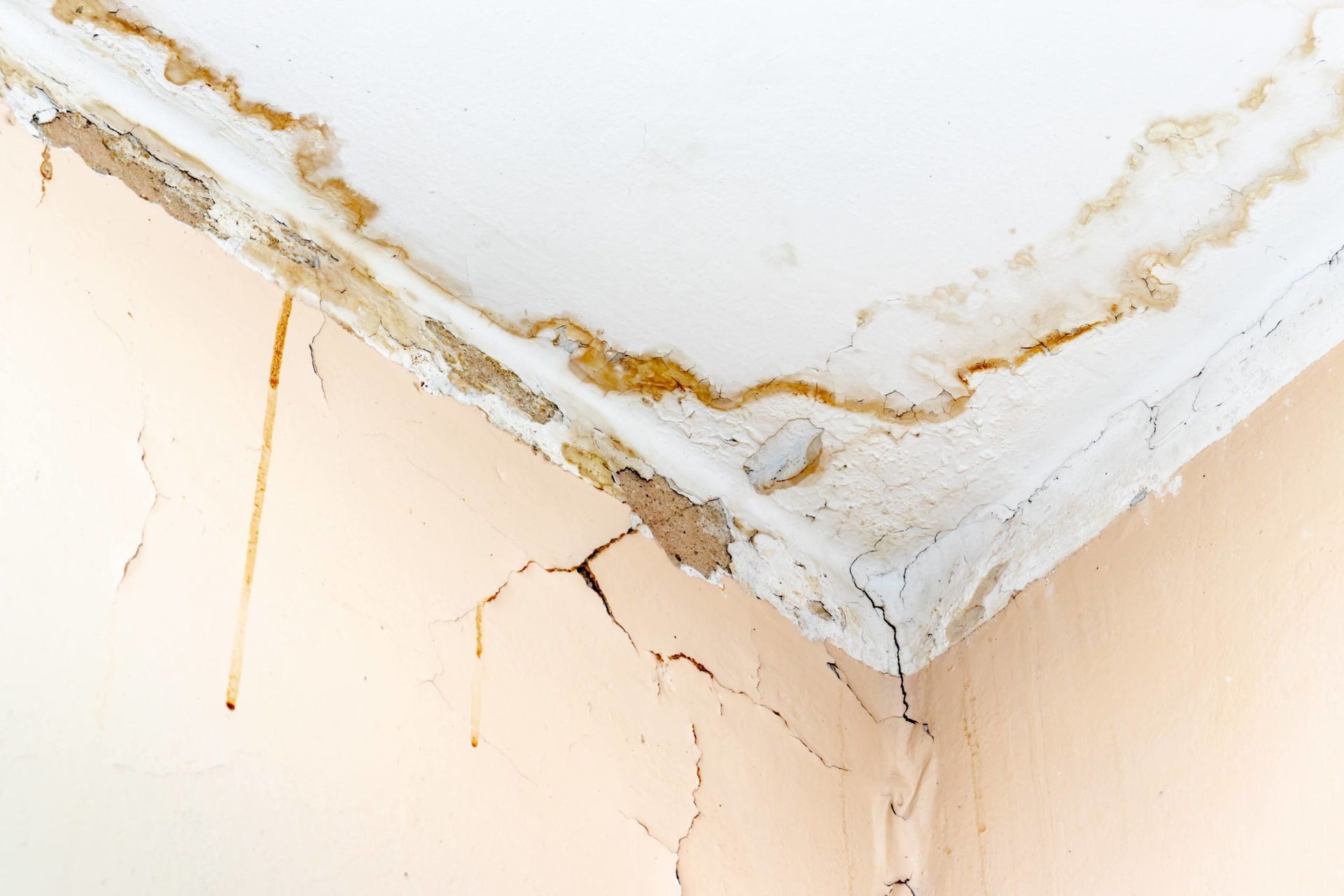7 Must-Know Warning Signs of a Possible Water Leak
Water Leaks can flood your home and cause considerable damage. The Environmental Protection Agency (EPA) holds that the average American household wastes nearly 10,000 gallons of water per year due to leaks.
Some indicators can lead you directly to the problem area. Often, however, until you expose the pipe, the actual location of the leak will remain a mystery. Below are some most common signs of a water leak you should look out for.
1. Unusually High Water Bills
For the most part, the cost of water for your home should be consistent. A spike in usage, however, is not uncommon during warm weather when you’ll have to water your lawn and garden more frequently.
Nevertheless, you may have a leak if you notice a sudden increase in your water bill without a specific change in your habits.
2. The Sound of Running Water
Always pay attention to any strange noises from your pipes, as they may indicate a problem with your water system.
Leaks mainly occur in the walls or underground. Pressurized pipes produce hissing, splashing, or clinking sounds when broken. If you hear running water, check if the faucets or appliances are running.
If no water is running and you still hear running water, you might have a leaking problem. Locate where the noise is loudest to save time when the plumber comes for repair.
3. Wet Spots on Floors
A damp floor is a reason to investigate the possibility of a water leak. Leaks often don’t show up on the floor unless they have been running for some time. Therefore you must take action as soon as you notice the wet spots.
4. Low Water Pressure
A sudden unexplained drop in water pressure in your sink or shower is likely a sign of a leak in your water system. Check if all outlets have low pressure to help you locate the leak.
Note, however, that low water pressure might also mean that you have more than one leak. Therefore, you need to call a plumber to analyze your entire water system for possible leakages.
5. Cracks in the Walls
When cracks in your walls appear discolored, water damage to your home may be the cause.
In the event of a leak, water can seep into the wall’s framing and saturate the drywall. Eventually, the wall softens and deteriorates, leaving a crack with yellow or brown stains. When the leak is fresh, the area might also feel damp.
Cracks compromise your home’s structural integrity, which is hazardous to your family. Therefore, if you notice any cracks in the wall, get a professional eye on it immediately to ensure safety.
6. Mold Growth
A leaking pipe, uninsulated pipes, leaking washing machine hoses, or water leaking into the basement can cause mold to grow.
Occasionally, water leaks can cause toxic black mold to develop, which is extremely dangerous. As a fungus, black mold spreads its spores in the air, growing once in contact with damp conditions. Black mold is often hard to see because it thrives in dark, damp places, like inside walls.
Besides being unsightly, mold can cause upper respiratory problems and aggravate allergies and asthma. You may also experience damage to your home’s wood, drywall, and other materials if you fail to control mold.
7. Unpleasant Odor
Water leaks may occur on any kind of pipe. Sewer pipes in and outside your home are also prone to leaking. When sewer pipes leak, they fail to channel dirty water and sewage to the sewer lines, and you are bound to notice an off-putting odor in your home.
Fungal growth caused by leaking pipes is another possible cause of foul smells in your home. When mold grows and spreads, it emits gasses that emit a musty smell.
Leaks are hard to find; however, these stressful problems can quickly become costly if you do not deal with them in time. So do not wait until extensive damage occurs. Instead,
contact us at Quality Plumbing today for reliable and trusted comprehensive plumbing services.

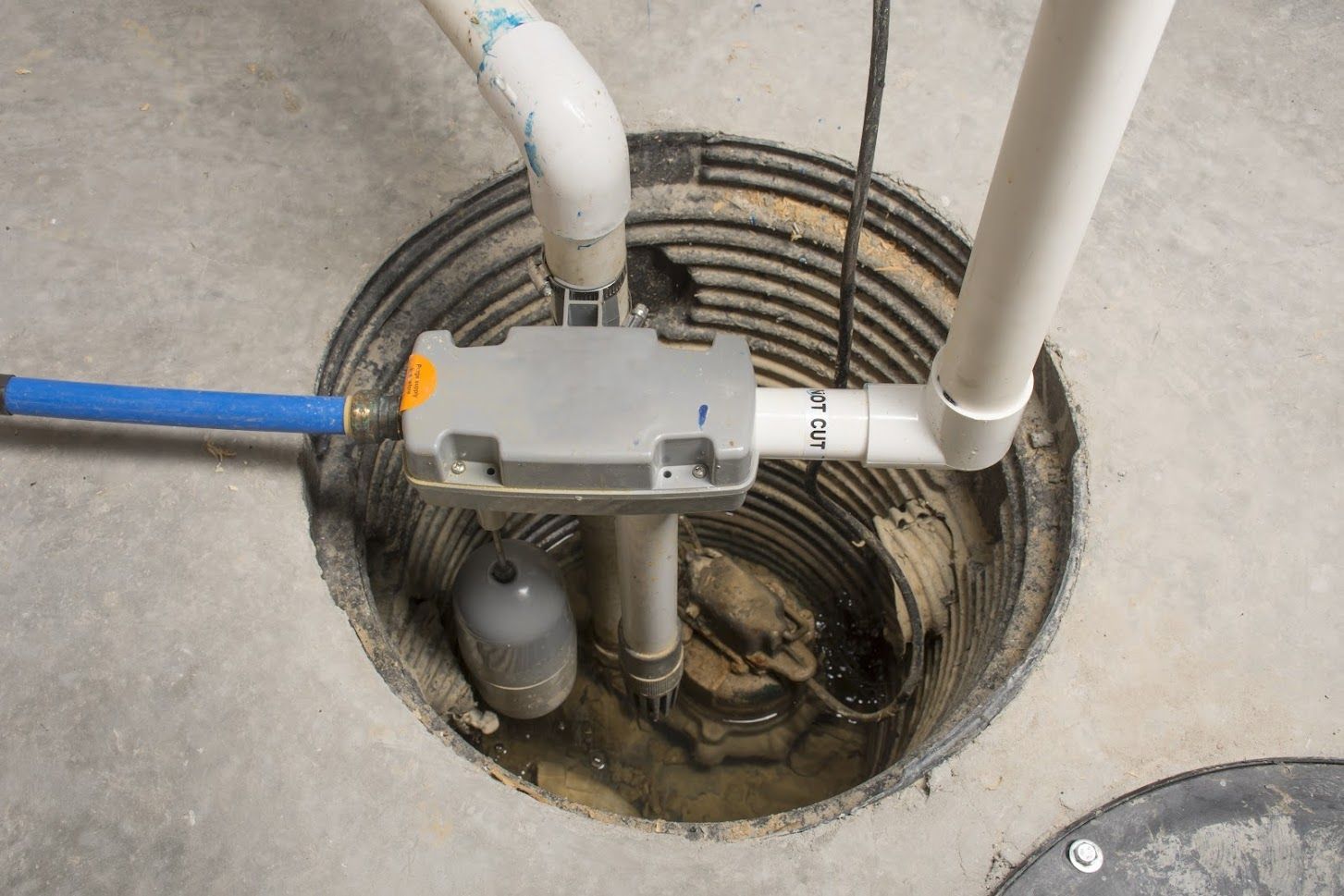

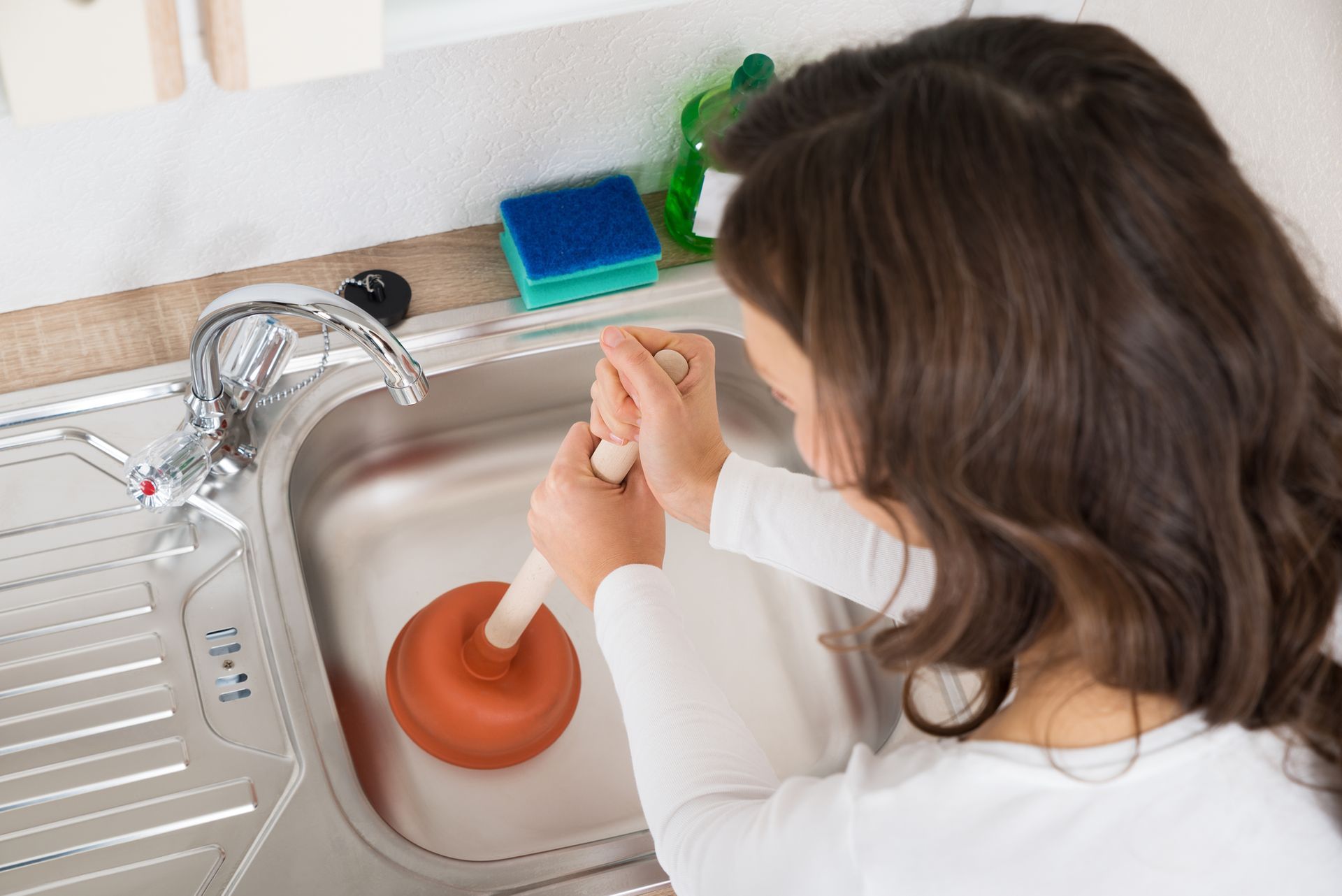

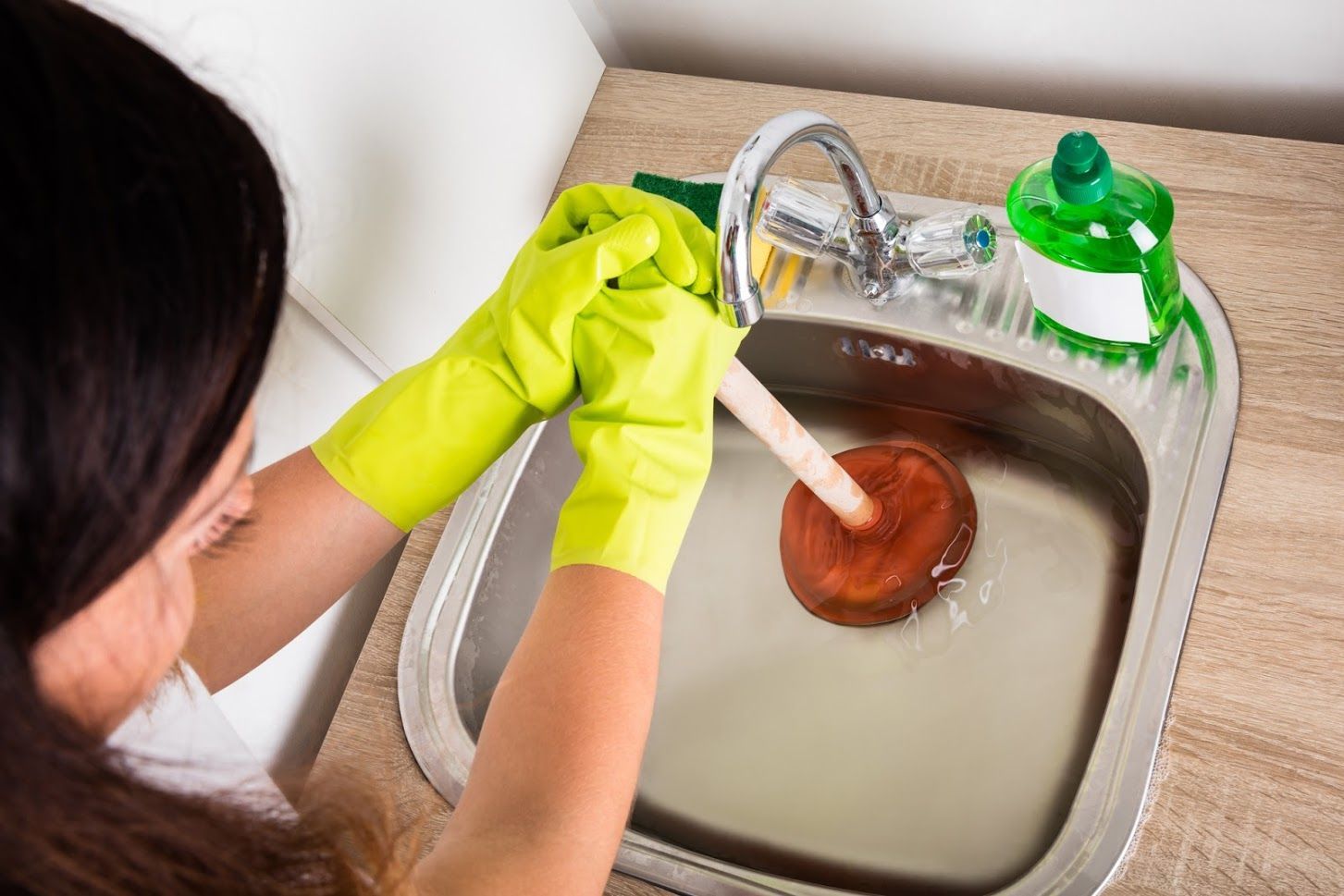
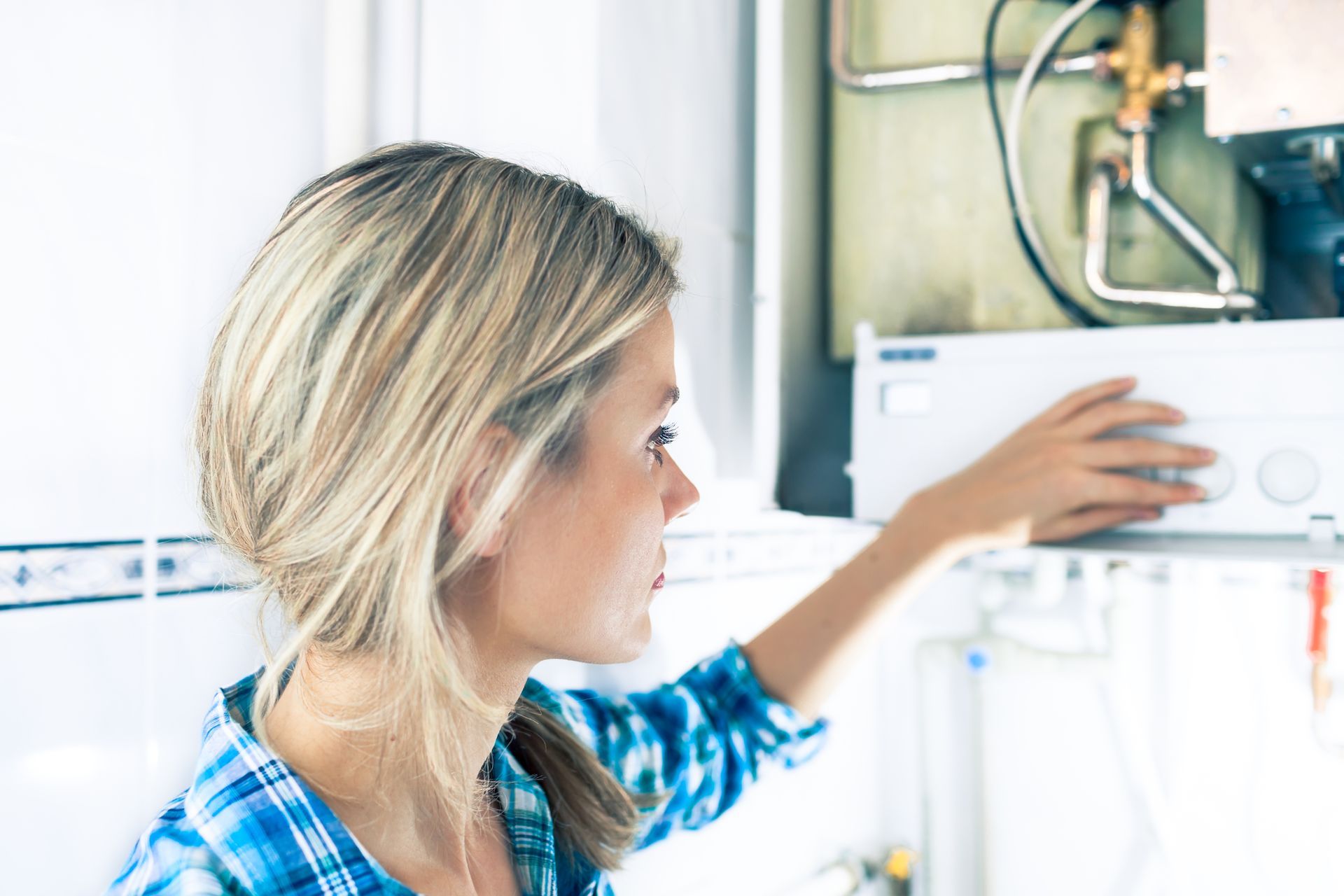

★★★★★
The total process from booking a service call, by phone, to the installation of a steel reinforced waterline hose on our refrigerator, was a pleasurable experience. A retired plumber recommended QP. Jeff had to pull out the refrigerator, remove the plastic waterline, install the new waterline, check to make sure the water dispenser was working and put the refrigerator back. Jeff was careful and mindfull of our wooden floor as the refrigerator was in a built-in cabinet. Since we live in a condo we want to eliminate all possibilities for a water leak. Jeff not only did his skillful job, he also educated us on the different water supply lines. I would recommend QP.
- Janeine G.
Button
★★★★★
Quality Plumbing did a rough-in plumbing install for a bathroom and kitchen sink in my basement. Very communicative, helped plan the space, and did a great job on the install. Will be using them again!
- Ian H.
Button
★★★★★
Called them when my water heater broke, they were over same day with a new one. Logan is great, he's fixed a couple things over the last year and is always professional and informative.
- Nick B.
Button
★★★★★
Quality plumbing is amazing 👏 when my brothers home had a problem with water pressure, they were able to schedule quickly, identify the problem and provide cost effective solutions quickly. When they did the work, they were on time on budget and cleaned up everything afterwards. Thank you for your great service Quality Plumbing! …
- Rich R.

★★★★★
Quality Plumbing is my go-to plumbing company for all my projects. I had one big project and after meeting Jeff, I’ve specifically requested him to come out for my other 2 projects. He’s incredibly punctual, efficient, and keeps the area nice and clean. Great to communicate with and provides clear answers to all my questions. Jeff is very professional and knowledgeable in his craft. Every time I call, Delaney will always pick up my phone calls and get me scheduled right away. Never had great success with plumbing companies until I started working with Quality Plumbing. They have unbeatable prices and will provide you with an honest solution to your problems. Highly recommend choosing Quality Plumbing!
- Alex D.
Button

★★★★★
The total process from booking a service call, by phone, to the installation of a steel reinforced waterline hose on our refrigerator, was a pleasurable experience. A retired plumber recommended QP. Jeff had to pull out the refrigerator, remove the plastic waterline, install the new waterline, check to make sure the water dispenser was working and put the refrigerator back. Jeff was careful and mindfull of our wooden floor as the refrigerator was in a built-in cabinet. Since we live in a condo we want to eliminate all possibilities for a water leak. Jeff not only did his skillful job, he also educated us on the different water supply lines. I would recommend QP.
- Janeine G.
Button
★★★★★
Quality Plumbing did a rough-in plumbing install for a bathroom and kitchen sink in my basement. Very communicative, helped plan the space, and did a great job on the install. Will be using them again!
- Ian H.
Button
★★★★★
Called them when my water heater broke, they were over same day with a new one. Logan is great, he's fixed a couple things over the last year and is always professional and informative.
- Nick B.
Button
★★★★★
Quality plumbing is amazing 👏 when my brothers home had a problem with water pressure, they were able to schedule quickly, identify the problem and provide cost effective solutions quickly. When they did the work, they were on time on budget and cleaned up everything afterwards. Thank you for your great service Quality Plumbing! …
- Rich R.

★★★★★
Quality Plumbing is my go-to plumbing company for all my projects. I had one big project and after meeting Jeff, I’ve specifically requested him to come out for my other 2 projects. He’s incredibly punctual, efficient, and keeps the area nice and clean. Great to communicate with and provides clear answers to all my questions. Jeff is very professional and knowledgeable in his craft. Every time I call, Delaney will always pick up my phone calls and get me scheduled right away. Never had great success with plumbing companies until I started working with Quality Plumbing. They have unbeatable prices and will provide you with an honest solution to your problems. Highly recommend choosing Quality Plumbing!
- Alex D.
Button






